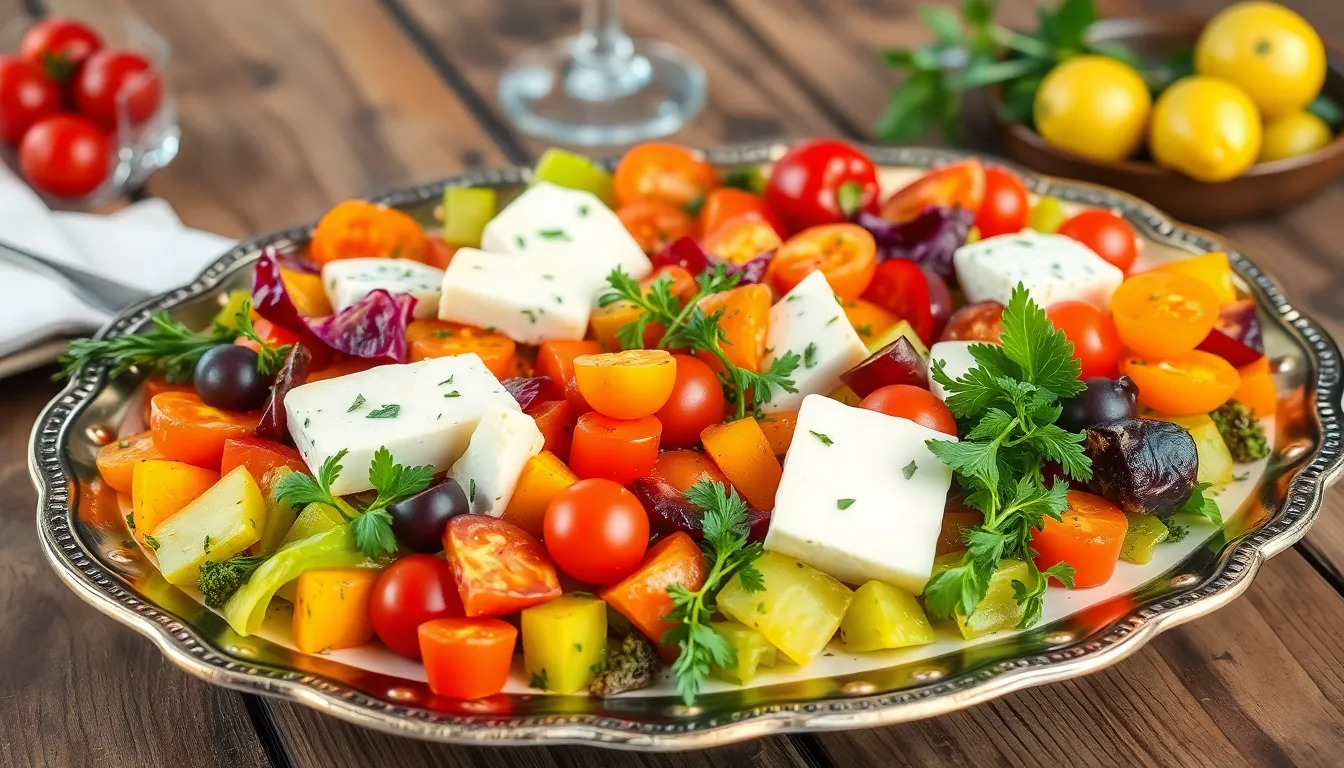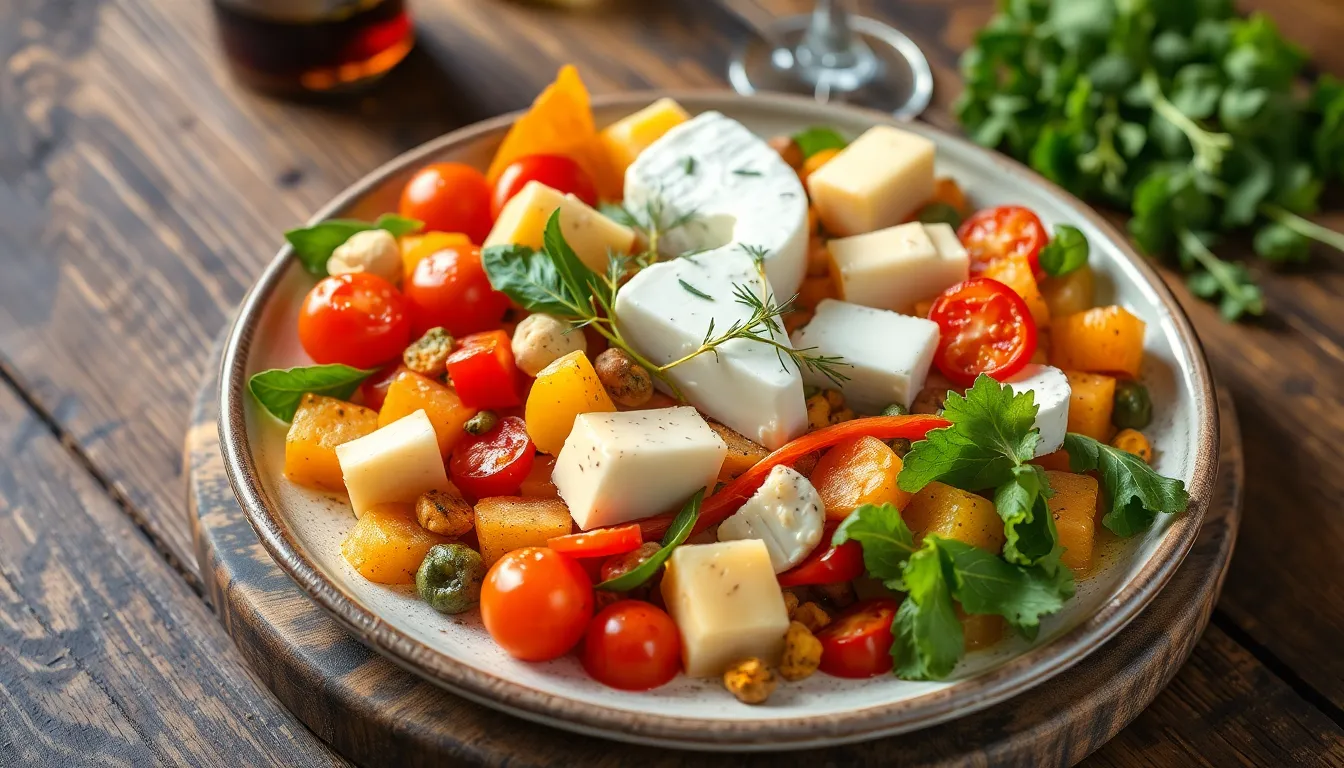Table of Contents
ToggleImagine a world where every meal feels like a celebration, and every bite takes you on a delightful adventure. That’s the magic of crussange, a culinary gem that’s turning heads and tantalizing taste buds. This unique dish combines flavors and textures that dance together in perfect harmony, making it a must-try for food enthusiasts and casual diners alike.
What Is Crussange?
Crussange is a unique culinary dish that stands out for its delightful blend of flavors and textures. It captures the essence of celebration and communal dining, appealing to various palates.
Origin and History
Crussange traces its roots to regional traditions within France, specifically linked to festive gatherings. Its origins often feature local ingredients, reflecting the agricultural practices of the area. Over centuries, the dish evolved, incorporating influences from neighboring cultures and cuisines. The transformation of crussange into a beloved staple highlights its adaptability and the importance of communal meals throughout history.
Cultural Significance
Culturally, crussange serves as a symbol of unity and celebration in various communities. It often takes center stage at family gatherings or local festivals, showcasing culinary heritage. Diverse interpretations of crussange celebrate regional variations while fostering connection among diners. This dish plays a vital role in culinary traditions, creating lasting memories and shared experiences.
Characteristics of Crussange
Crussange features distinct characteristics that elevate its status in the culinary sphere. This dish captivates diners with its flavor profile and unique texture.
Flavor Profile
The flavor profile of crussange combines savory and sweet notes. Each bite delivers a blend of herbs, spices, and seasonal ingredients. Ingredients such as locally sourced vegetables and regional cheeses enhance the overall taste. Softness from cooked components balances the robustness of the flavors. Often, a hint of acidity from preserved elements complements the dish, creating a well-rounded experience. Diners appreciate the depth and complexity that each ingredient contributes.
Texture and Appearance
Texture and appearance play key roles in making crussange appealing. A visually striking presentation showcases vibrant colors from fresh ingredients. Soft, tender components contrast with crispy elements, adding layers to each bite. The dish often features a variety of shapes and arrangements, making it inviting. Crussange’s plating reflects regional culture, enhancing its festive nature. Visually engaging, the dish tempts diners to indulge in its rich layered textures.
How to Enjoy Crussange
Crussange can create a memorable dining experience when served thoughtfully. Both pairing and serving enhance enjoyment.
Pairing Suggestions
Complement crussange with wines and beverages that enhance its unique flavors. A light-bodied white wine, such as Sauvignon Blanc, brings out the dish’s savory notes. Alternatively, consider a dry rosé for a refreshing contrast. For non-alcoholic options, herbal teas or sparkling water with citrus provide a delightful palate cleanser. Incorporating local cheeses or charcuterie can deepen the dining experience, harmonizing with crussange’s rich flavors. Select fresh salads featuring seasonal vegetables to add brightness and balance. Each pairing elevates crussange, making every meal a celebration.
Serving Recommendations
Presentation plays a crucial role in enjoying crussange. Serve the dish on vibrant platters that highlight its colorful ingredients. Garnishing with fresh herbs enhances both aesthetics and flavor. Small portions allow guests to savor different aspects of the dish without overwhelming their palates. Paired sides such as roasted vegetables or crusty bread can complement the meal. Offering dips or sauces can also add layers of flavor. Encourage diners to explore diverse textures and flavors for a complete experience. Each recommendation supports the festive nature of crussange, inviting shared moments around the table.
Popular Crussange Varieties
Crussange presents various delightful forms that reflect regional traditions and cultural influences. Each variety showcases local ingredients, creating distinctive flavors across different areas.
Regional Differences
Crussange adapts to regional preferences, resulting in unique variations. In the south of France, for example, it often features sun-drenched tomatoes, olives, and herbs like basil. Northern variations highlight root vegetables and savory meats to create heartier dishes. The filling components differ as well, with some regions incorporating seafood while others prioritize locally sourced cheeses. These differences illustrate how crussange thrives in diverse culinary landscapes and continues to evolve with community traditions.
Unique Features
Crussange possesses unique characteristics that enhance its appeal. An impressive array of colors catches the eye, with fresh ingredients contributing to its vibrant appearance. Each bite offers a balance of textures, blending crispy elements with soft, tender components. Culinary creativity shines through in its flavor combinations, often melding sweet, savory, aromatic herbs, and spices. Additionally, the dish’s presentation invites diners to enjoy not just the taste but also the visual experience. These features underscore why crussange remains a cherished choice during festive gatherings and celebrations.
Conclusion
Crussange stands out as a vibrant dish that embodies the spirit of celebration and togetherness. Its rich tapestry of flavors and textures not only delights the palate but also fosters connections among those who share it. As it adapts to regional influences and local ingredients, crussange continues to evolve while remaining deeply rooted in tradition.
Whether enjoyed at a festive gathering or a casual meal, crussange invites diners to savor each bite and create lasting memories. Its impressive presentation and diverse variations make it a versatile choice that enhances any dining experience. Embracing crussange means embracing a culinary journey that celebrates both heritage and innovation.







